Researcher documents exact locations, times of Ansel Adams' Alaska photos
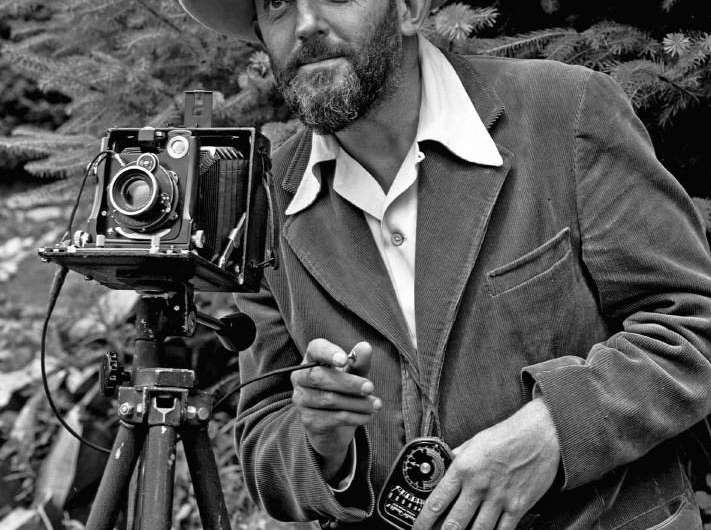
Legendary photographer Ansel Adams created many stunning black-and-white landscape images during his lifetime, and one of his most striking masterpieces is "Denali and Wonder Lake" (formerly known as Mount McKinley and Wonder Lake).
Adams considered "Denali and Wonder Lake" significant enough to select it as print number one in his limited edition Portfolio One, published in 1948. Despite taking detailed photographic notes, Adams was notoriously lax in recording the dates of his work, and controversy over when "Denali and Wonder Lake" was taken has persisted for decades.
Now, Texas State University astronomer, physics professor and Texas State University System Regents' Professor Donald Olson has applied his distinctive brand of celestial sleuthing to "Denali and Wonder Lake," precisely determining the date, time and location Adams' created his famous photograph.
Olson publishes his findings in his new book, Further Adventures of the Celestial Sleuth: Using Astronomy to Solve More Mysteries in Art, History and Literature, out now from Springer Praxis Books.
Elusive dates
Adams kept detailed notes on the technical aspects of his photographs—exposure time, film type, filters, lens settings—but information about the location, date and time of his images was often incomplete or contradictory. Such is the case with "Denali and Wonder Lake," taken by Adams in Alaska's Denali National Park and featuring the bright, glassy lake below the snow-covered mountain in the distance. Various sources give the date of the photograph as 1947, while others list it as 1948.
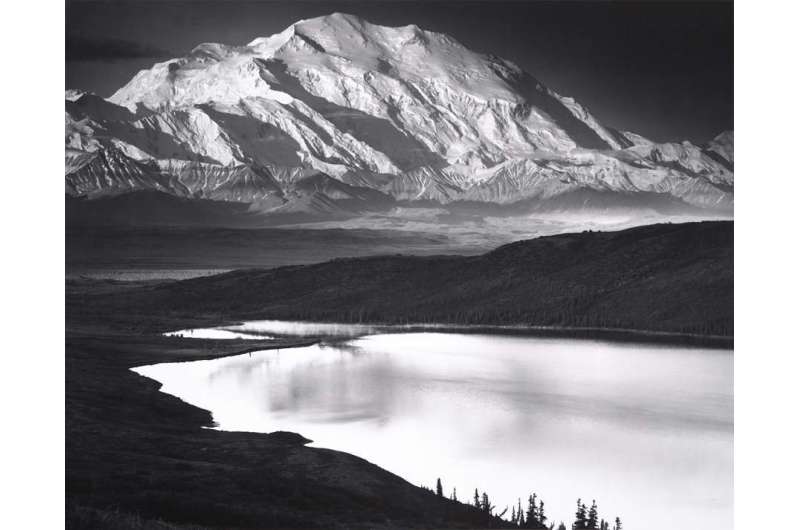
Although the photograph contained no celestial objects in the sky, Olson suspected he could still use astronomy to resolve the question. A review of records revealed that "Moon and Denali," another well-known Adams photograph, had been created the previous evening. The position of the moon in that image could be used to calculate the date, but first the precise spot Adams had set up his tripod needed to be located.
Adams in Alaska
Using detailed topographic maps, Olson and student Ava Pope pored over the park road leading to Wonder Lake, the route Adams had driven during his visit. The foreground of "Moon and Denali" featured a number of glacier-carved landforms known as cirques. The semi-circular, steep-sided hollows were distinctive enough that Olson and Pope were able to identify three on the topographic maps. Additionally, they identified in the image a foreground peak known as Gunsight Mountain.
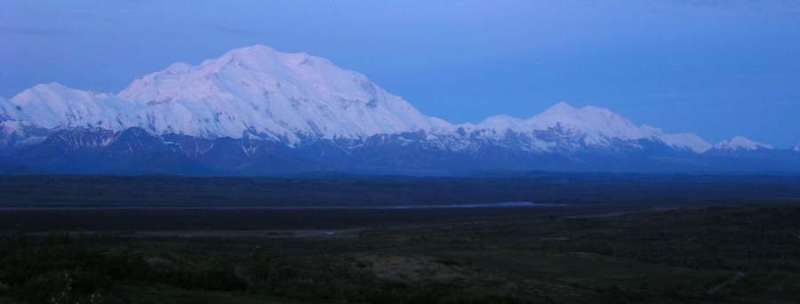
Identification of these features provided their exact longitudes, latitudes, and elevations. Using this information, Olson and Pope wrote a computer program that used parallax—how nearby objects shift relative to background objects—to calculate the view from any location along the park road. The result determined the precise coordinates of the location where Adams photographed "Moon and Denali." The spot was next to the road approximately 8 miles from the Wonder Lake ranger station.
Armed with the location, Olson could now calculate the precise coordinates of the Moon over the mountain, and from that determine the time and date. Entering the data into astronomical software proved that the only time during the Alaskan summers of 1947, 1948 or 1949 the waxing gibbous Moon would appear in that position in the sky was 8:28 p.m. on July 14, 1948.
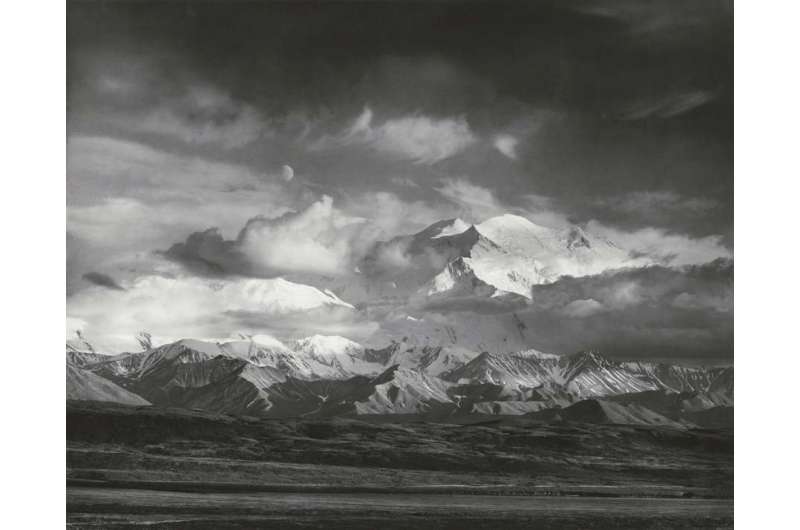
Back to Wonder Lake
With that date now certain, Olson set about refining the time and location of "Denali and Wonder Lake," taken early the next morning. Again employing topographic maps and parallax to align lake shore features with the distant mountain, the researchers found the precise location Adams set up his tripod to overlook Wonder Lake. Although no celestial objects were visible in the sky of this photograph, Olson and Pope used the size and shape of the dramatic shadows along the mountain's face to extrapolate the position of the sun.
The Texas State researchers determined that Adams created "Denali and Wonder Lake" on July 15, 1948, on 3:42 a.m. Central Alaska Standard Time.
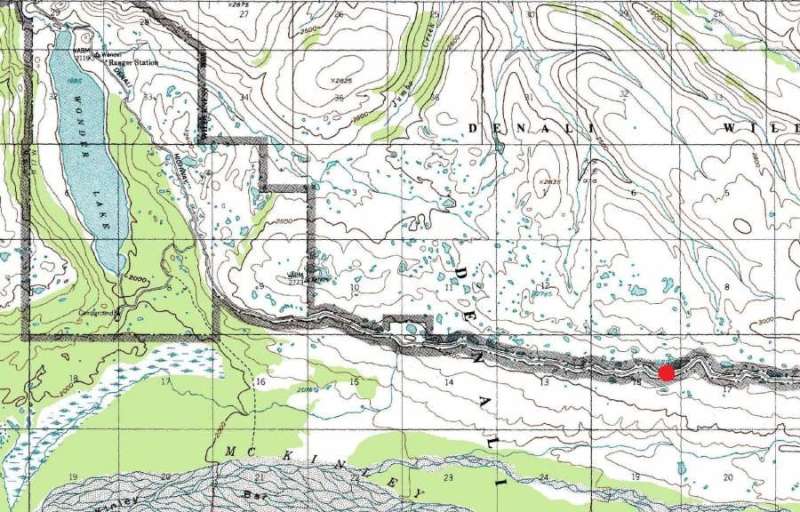
Celestial Sleuth
The research into Ansel Adams is one of several new projects included in Further Adventures of the Celestial Sleuth: Using Astronomy to Solve More Mysteries in Art, History and Literature. The book collects many of Olson's past studies published over the past 25 years and also includes such new topics as the sinking of the British battleship HMS Royal Oak in Scapa Flow by the German submarine U-47 during the early days of World War II, new insights into famous paintings by Edvard Munch, Claude Monet, Ford Madox Brown and Caspar David Friedrich, plus an explanation of Sancho Panza's method to tell time by starlight in the famous novel Don Quixote, among other topics.
-
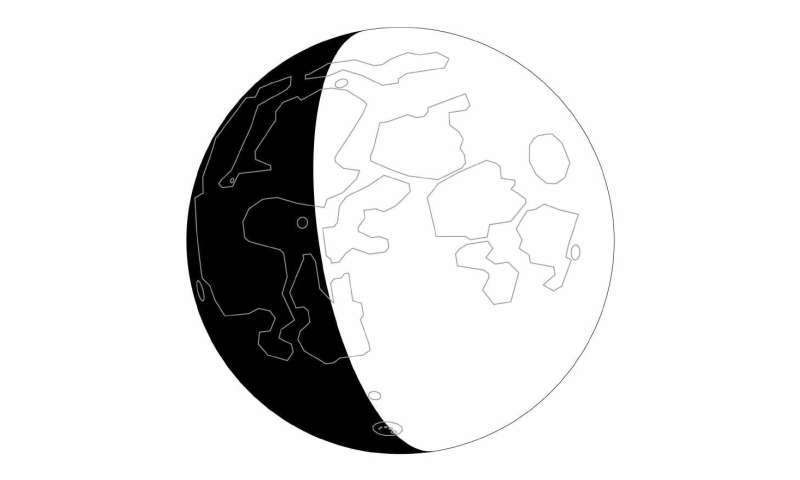
As part of the analysis of Moon and Denali, the appearance of the waxing gibbous Moon at 8:28 p.m. Central Alaska Standard Time on July 14, 1948, was calculated by Roger Sinnott of Sky & Telescope. Credit: Texas State University -
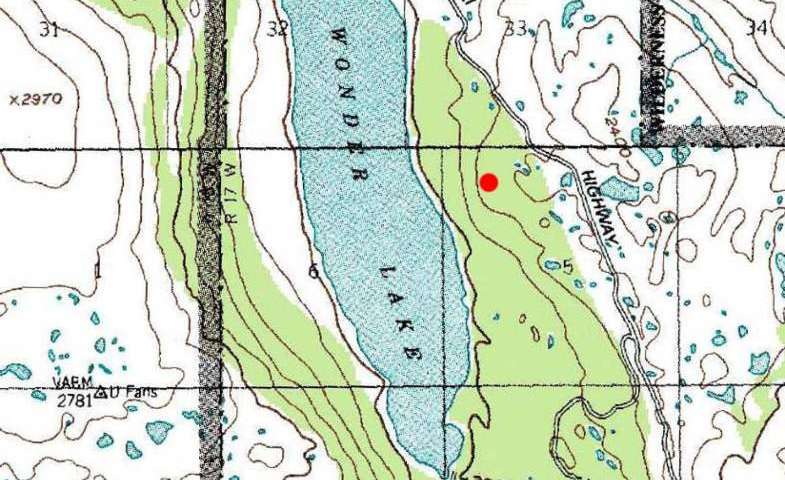
The red dot indicates the location on the east side of Wonder Lake where Ansel Adams set up his tripod to capture his dramatic image, "Denali and Wonder Lake, Denali National Park, Alaska." Credit: Texas State University
Provided by Texas State University




















